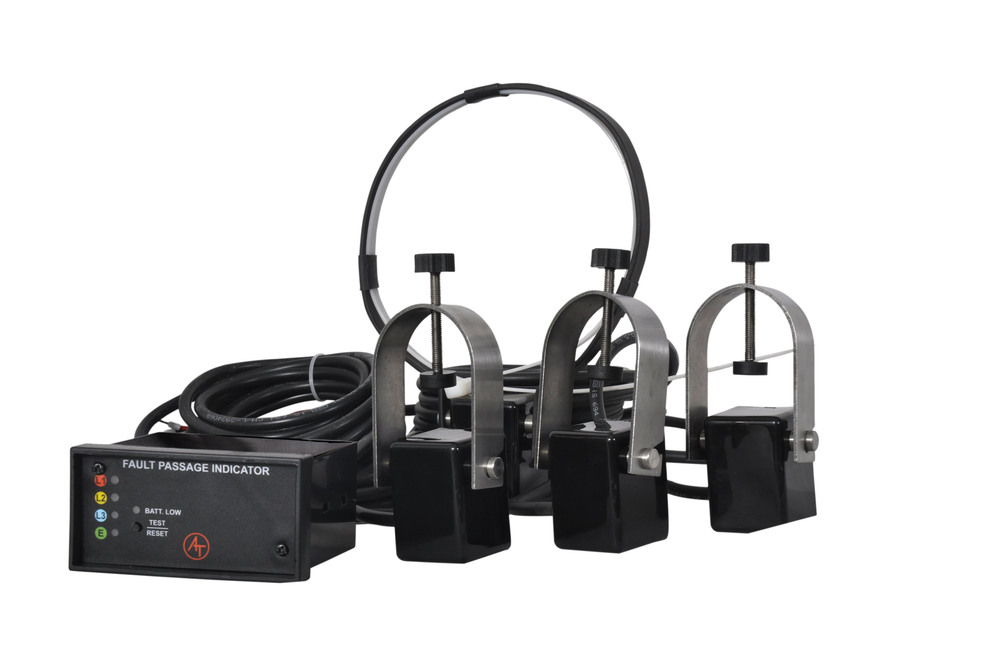Enhancing Electrical Reliability: The Role of Fault Passage Indicator in Bangladesh
As Bangladesh continues to advance in various sectors, the need for a reliable and efficient electrical infrastructure becomes increasingly evident. Among the essential components of this infrastructure are Fault Passage Indicators. These devices play a critical role in quickly detecting and locating faults in electrical networks, ensuring minimal downtime and enhancing overall grid reliability.

Understanding Fault Passage Indicators:
Fault Passage Indicators are devices designed to detect and indicate the presence of faults, such as short circuits or power outages, in electrical distribution systems. They are equipped with sensors and communication capabilities that allow them to relay real-time information about faults to utility operators.
Applications of Fault Passage Indicators in Bangladesh:
- Urban and Suburban Grids: Fault Passage Indicators are extensively used in urban and suburban areas to quickly identify and locate electrical faults. This is crucial for minimizing disruptions to residential and commercial areas, ensuring a reliable power supply.
- Industrial Facilities: Bangladesh’s industrial sector relies heavily on a stable power supply. Fault Passage Indicators help industries promptly address electrical faults, reducing downtime and maintaining productivity.
- Renewable Energy Integration: The Kingdom is investing in renewable energy sources, such as solar and wind power. Fault Passage Indicators play a role in monitoring and maintaining the reliability of these clean energy sources as they integrate with the existing grid.
The Importance of Fault Passage Indicators:
- Minimized Downtime: Rapid fault detection and location enable utilities to respond swiftly, minimizing the duration of power outages and reducing economic losses.
- Enhanced Grid Reliability: Fault Passage Indicators contribute to a more reliable electrical grid by ensuring that faults are addressed promptly, preventing cascading failures.
- Data for Maintenance: These devices provide valuable data for maintenance and grid optimization, helping utilities identify areas that may require upgrades or repairs.
- Reduced Operational Costs: By pinpointing fault locations, utilities can dispatch maintenance teams more efficiently, reducing operational costs.
Conclusion:
Fault Passage Indicators are essential components of Bangladesh’s electrical infrastructure, ensuring a reliable power supply to urban, industrial, and renewable energy areas. Their ability to detect and locate faults swiftly contributes to reduced downtime, improved grid reliability, and lower operational costs. In a rapidly developing nation, these devices play a vital role in maintaining electrical stability.

